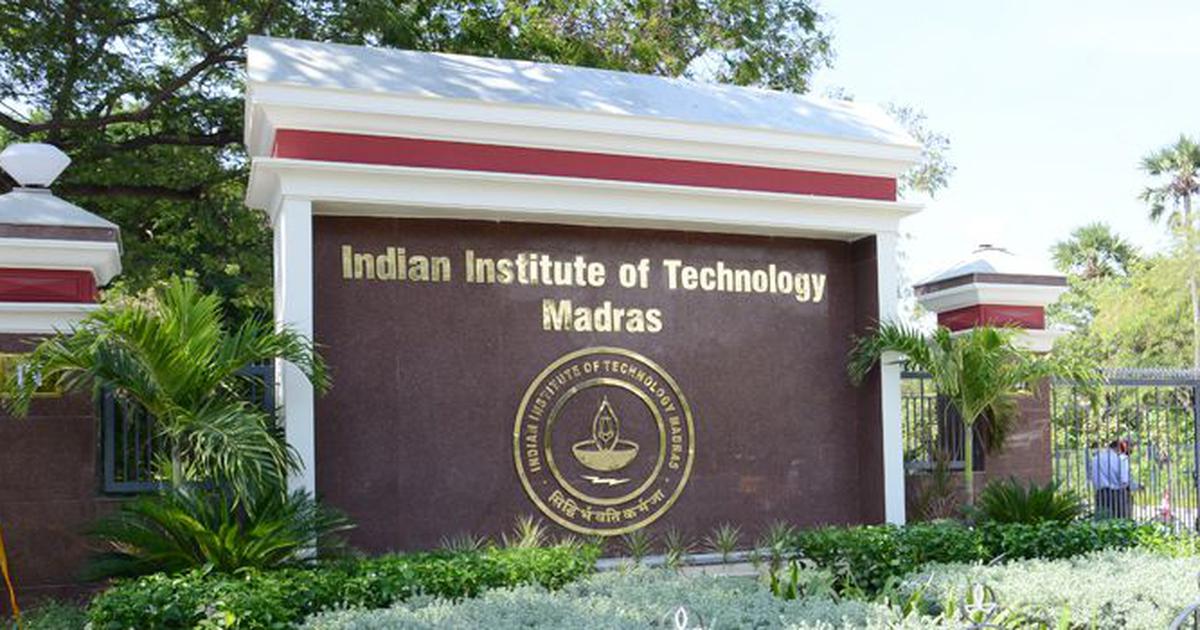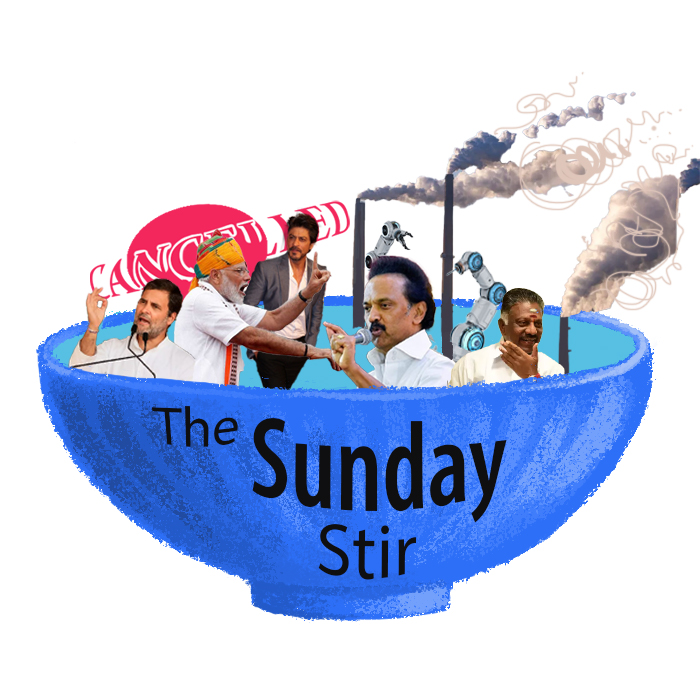With the brutal killing of 26 tourists in Pahalgam on April 22, the fragile semblance of peace and prosperity returning to the picturesque valley has once again been shattered. While PM Modi has labelled the killings as an attack on India’s soul, Pakistan has — by what could possibly be a serious stretch of imagination — termed it an Indian ploy. But the average Kashmiri has called the killing of innocent tourists as an attack on “Kashmiriyat”. So, what is this Kashmiriyat?
Nestled amid the snow-capped Himalayas, Kashmir has long been a place of ethereal beauty and spiritual resonance—a land poets likened to paradise. But beneath its serene landscapes lies a history woven with conquests, faith, politics, and bloody trails that dates back centuries. From the 1st millenium to the tumult of 1947 and beyond, Kashmir’s story is one of cultural richness overshadowed by geopolitical rivalry.

A Mosaic of Empires: Kashmir Before 1947
Kashmir’s recorded history stretches back millennia. Long before the arrival of external empires, the Kashmir Valley was home to a distinct and ancient civilization whose roots stretch back thousands of years. The early inhabitants of Kashmir were primarily Indo-Aryan peoples, with the valley acting as a cradle of Hinduism, Buddhism, and later Islam—each religion leaving a deep imprint on its society, language, and culture.
The earliest known people of Kashmir were of Dardic and Indo-Aryan origin. By around the first millennium BCE, the valley had absorbed Vedic influence, becoming a part of the broader Indo-Aryan cultural sphere. According to Kalhana’s Rajatarangini—a 12th-century Sanskrit chronicle of Kashmir’s kings—the region was ruled by a long line of Hindu dynasties, dating back to semi-mythical times. This text, though partly legendary, provides invaluable insights into the pre-Islamic history of the region (Stein, 1900).
These early Kashmiris spoke dialects related to Sanskrit, which evolved into Sharada and later Kashmiri—a Dardic language within the Indo-Aryan group, still spoken today. Ethnically, the people were closely related to others in the northwestern Indian subcontinent, with unique regional characteristics formed by their mountainous environment and relative isolation.
Over the centuries, Kashmir had undergone significant religious transformations. Initially a stronghold of Shaivite Hinduism, it later became an important center for Buddhism under rulers like Ashoka (3rd century BCE), who is believed to have introduced the religion to the valley. Monastic centers flourished, and scholars from Kashmir contributed to Buddhist philosophy and art.
From the 8th to the 12th centuries, Kashmiri Shaivism emerged as a powerful school of Hindu philosophy. Thinkers like Abhinavagupta developed metaphysical systems that greatly influenced Indian spiritual thought. Temples and Sanskrit learning centers dotted the valley, and Kashmir became known for its scholarship and aesthetics.
Islam began to arrive in Kashmir in the 13th century through Sufi missionaries, traders, and some military incursions. The most significant figure in this transition was Mir Sayyid Ali Hamadani, a Persian Sufi saint who arrived in the 14th century. He and his followers played a vital role in converting large segments of the population to Islam, particularly in the lower and middle classes, while integrating Persian culture and Sufi traditions with existing local practices.
By the time of Akbar’s invasion in 1586, the majority of Kashmir’s population was Muslim, though a sizable Hindu minority, particularly the Kashmiri Pandits, continued to play prominent roles in intellectual, religious, and administrative life.
Pre-Mughal Kashmir was largely agrarian, with rice, saffron, and wool forming the economic backbone. Artisanal crafts, particularly shawl weaving, had already developed into a refined tradition. The social structure was hierarchical but relatively fluid, especially with the rise of Islam, which offered an alternative to the rigid caste system.
The region’s relative autonomy ended when internal political instability opened the door to external conquest. The Shah Mir dynasty (1339–1561), the first Muslim ruling house in Kashmir, had weakened by the 16th century, leading to growing interference from the Afghan and Mughal empires. Akbar’s annexation was the culmination of these dynamics.
The natives of Kashmir before Akbar’s 1586 conquest were a culturally rich, religiously diverse, and intellectually vibrant people. Their legacy includes ancient Hindu philosophy, Buddhist scholarship, and the syncretic traditions of Islam that would later define the region’s unique identity. Understanding this deep-rooted heritage is essential to grasp the complexities of Kashmir’s later political history and its enduring struggle for identity.

Mughal invasion of Kashmir
In 1586, the Mughal Emperor Akbar annexed the region, integrating it into the vast Mughal Empire. This marked the start of Kashmir’s formal integration into subcontinental power politics (Rai, 2004). Following the decline of the Mughals, Kashmir passed into the hands of the Afghans in 1752, who ruled with a heavy hand, until the Sikhs under Maharaja Ranjit Singh conquered it in 1819.
In 1846, after the First Anglo-Sikh War, the British East India Company sold Kashmir to Gulab Singh, the Dogra ruler of Jammu, under the Treaty of Amritsar. Thus was born the princely state of Jammu and Kashmir, ruled by Hindu Dogras over a Muslim-majority population—an ethnic and religious dichotomy that would become central to later tensions (Bose, 2003).
The year 1947 was an epochal turning point—not only for India and Pakistan but for Kashmir as well. As the British withdrew from the Indian subcontinent, they left behind two newly independent dominions: a secular India and a Muslim-majority Pakistan. Princely states, like Kashmir, were given the choice to join either country or remain independent.
Maharaja Hari Singh, the Hindu ruler of Kashmir, chose a path of hesitation. He wished to preserve his kingdom’s independence. However, in October 1947, tribal militias from Pakistan’s North-West Frontier Province—reportedly backed by the Pakistani military—invaded Kashmir. Their incursion brought violence and looting, reaching the outskirts of Srinagar and prompting a panicked response from the Maharaja (Schofield, 2010).
Faced with the collapse of his rule, Hari Singh turned to India for military help. India agreed, on the condition that he formally accede to the Indian Union. On October 26, 1947, the Maharaja signed the Instrument of Accession, allowing Indian forces to airlift into Srinagar and repel the invaders (Menon, 1956). With that, the princely state of Jammu and Kashmir was officially incorporated into India, though only for matters of defense, communication, and foreign affairs—pending a future plebiscite.
India then referred the conflict to the United Nations in January 1948. The resulting UN resolution called for a ceasefire and the withdrawal of Pakistani troops as a precondition for a plebiscite. While a ceasefire line (now the Line of Control) was established in 1949, the plebiscite never occurred. Neither side fulfilled the preconditions, and the fate of Kashmir was frozen in ambiguity and conflict (Bose, 2003).

Kashmir in the Post-1947 Era
Since 1947, Kashmir has remained a bone of contention between India and Pakistan, triggering wars in 1947–48, 1965, and 1999, along with countless skirmishes and cross-border tensions. India retained control over roughly two-thirds of the territory, including the Kashmir Valley, Jammu, and Ladakh. Pakistan governed the regions of Azad Jammu and Kashmir and Gilgit-Baltistan.
Internally, Kashmir has witnessed insurgencies, curfews, and the erosion of civil liberties. In 1989, a separatist uprising escalated into a full-blown insurgency in the Valley, which continues in various forms to this day. India’s military presence remains heavy, and allegations of human rights violations persist. In August 2019, the Indian government revoked Article 370 of the Constitution, which had granted Jammu and Kashmir semi-autonomous status, further inflaming tensions both domestically and with Pakistan (Chowdhary, 2020).
From Mughal gardens to military garrisons, from sufi poetry to barbed wire borders, Kashmir’s journey reflects the enduring tension between identity, power, and belonging. The events of 1947 were not merely the consequence of one man’s hesitation or a tribal invasion — they were the climax of centuries of political entanglement and colonial engineering. Today, as Kashmir remains heavily militarized, its people continue to live in the shadow of that fateful year, their paradise caught in the crosshairs of history.
References:
Kalhana. Rajatarangini (translated by Aurel Stein), 1900.
Bamzai, P. N. K. Culture and Political History of Kashmir. M.D. Publications, 1994.
Zutshi, Chitralekha. Languages of Belonging: Islam, Regional Identity, and the Making of Kashmir. Hurst, 2004.
Witzel, Michael. “The Origins of the World’s Mythologies.” Oxford University Press, 2012.
Lawrence, Walter R. The Valley of Kashmir. Oxford University Press, 1895.
Bose, Sumantra. Kashmir: Roots of Conflict, Paths to Peace. Harvard University Press, 2003.
Chowdhary, Rekha. Jammu and Kashmir: Politics of Identity and Separatism. Routledge India, 2020.
Menon, V. P. The Story of the Integration of the Indian States. Orient Longman, 1956.
Rai, Mridu. Hindu Rulers, Muslim Subjects: Islam, Rights, and the History of Kashmir. Permanent Black, 2004.
Schofield, Victoria. Kashmir in Conflict: India, Pakistan and the Unfinished War. I.B. Tauris, 2010.



